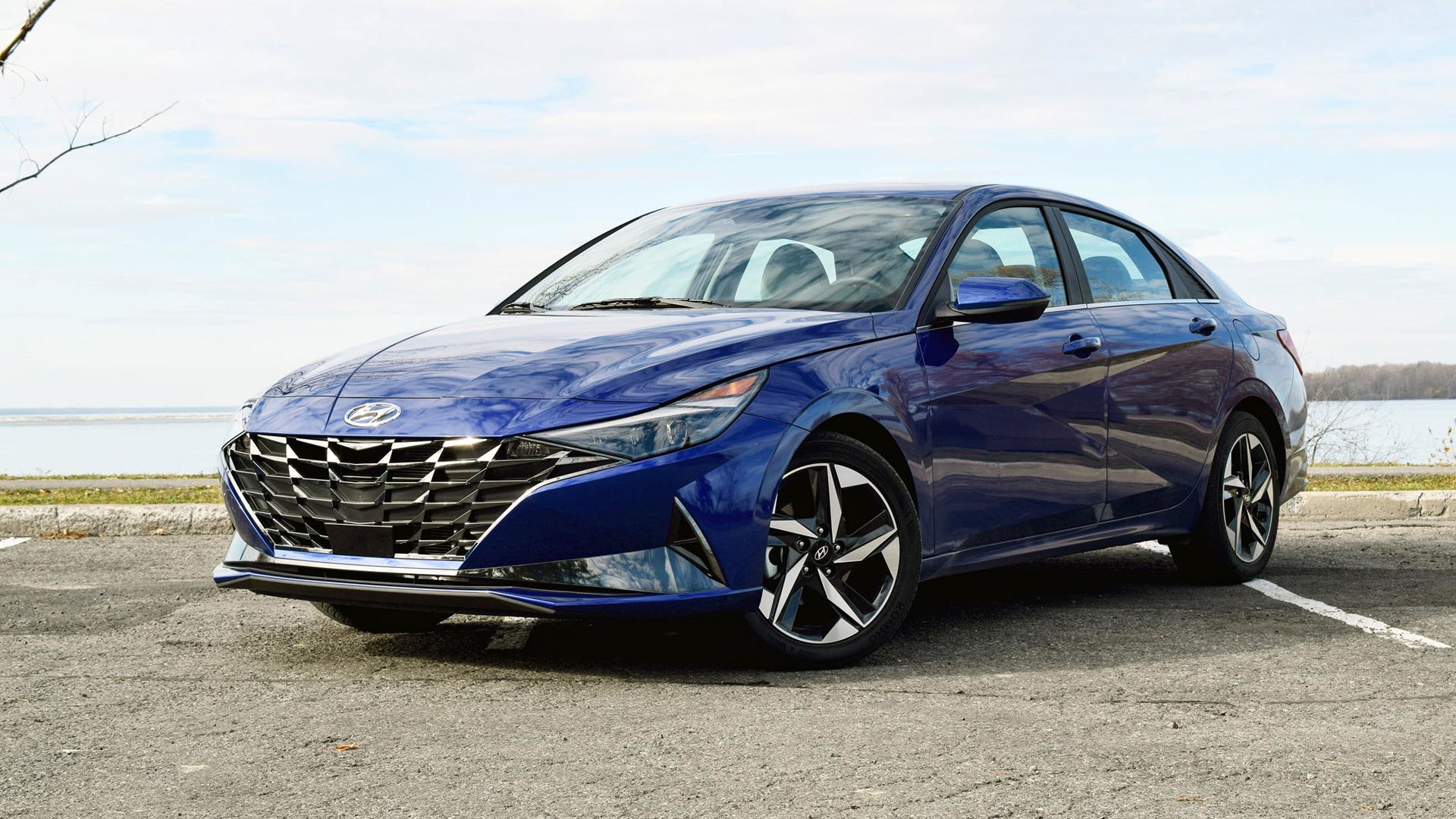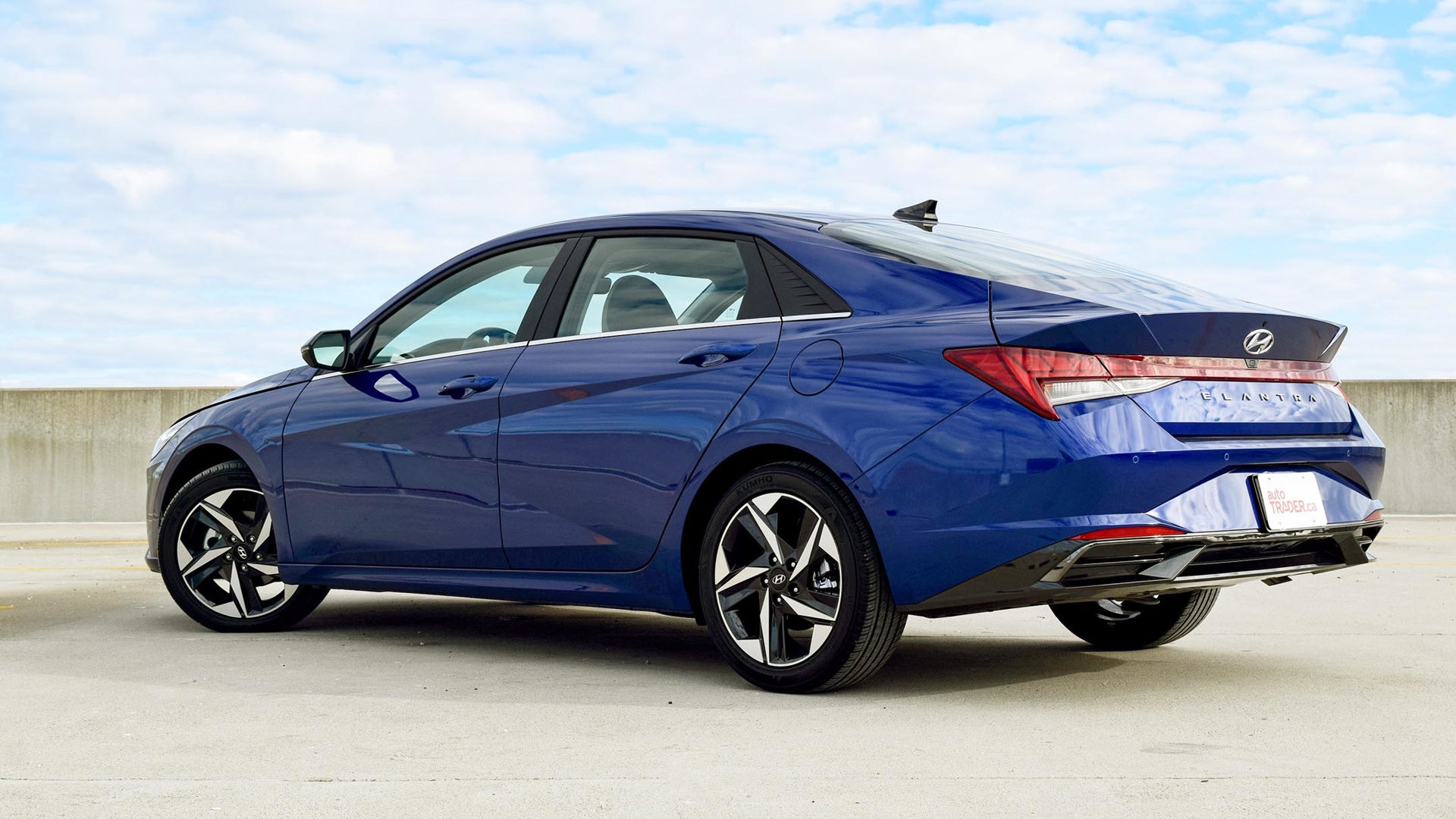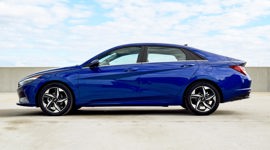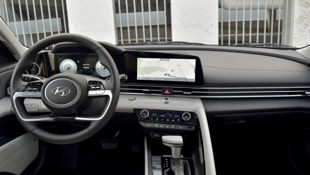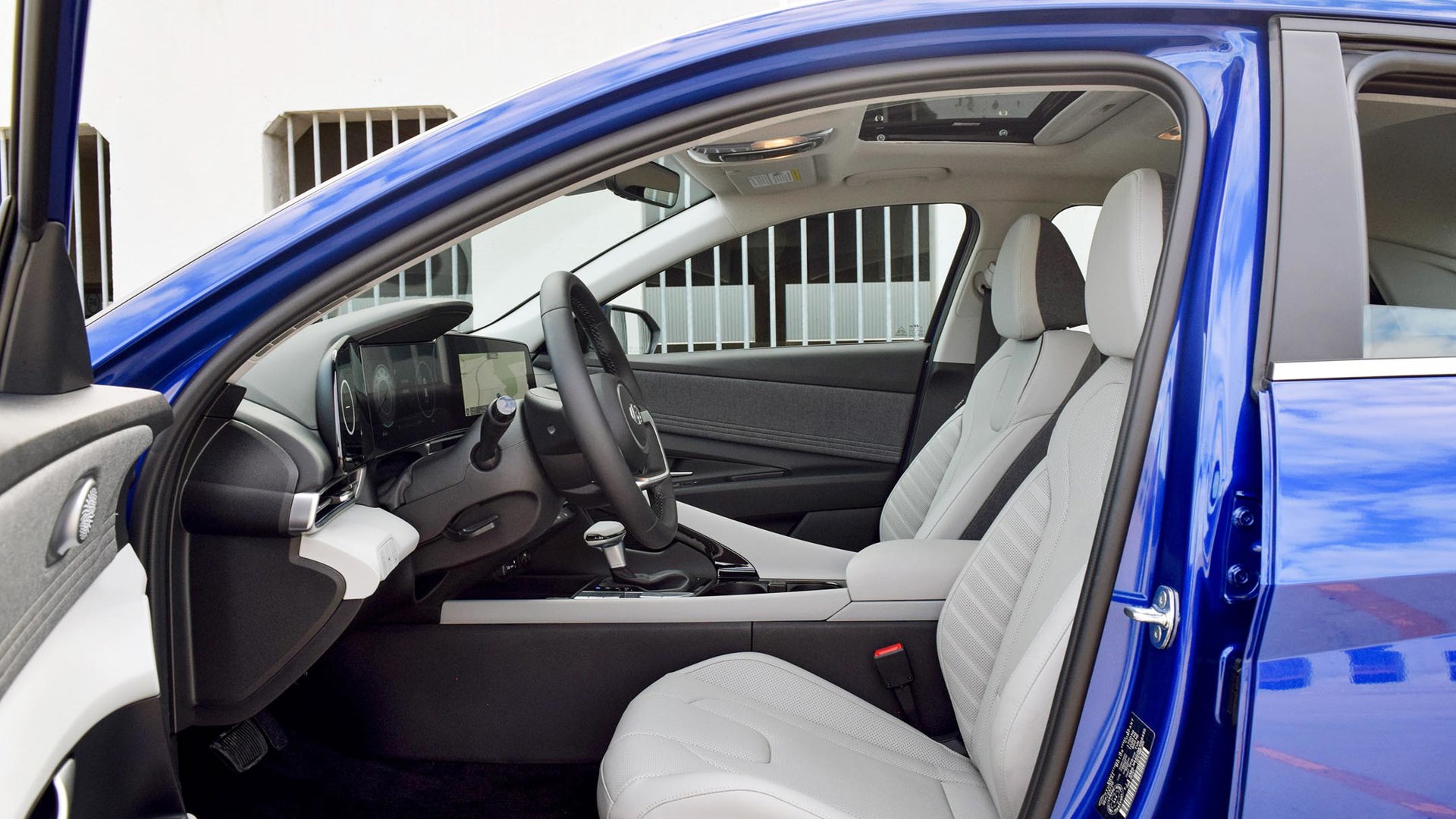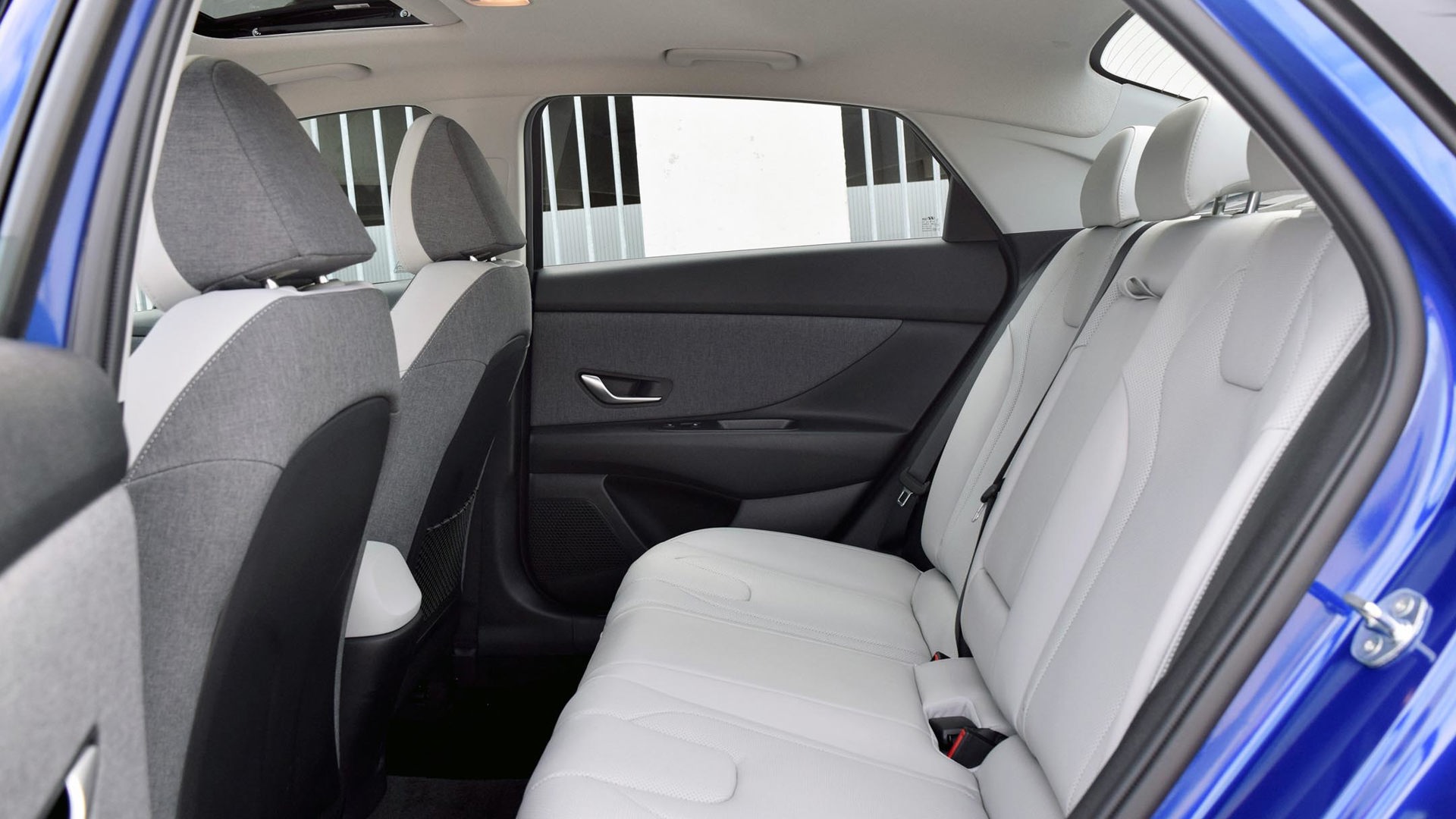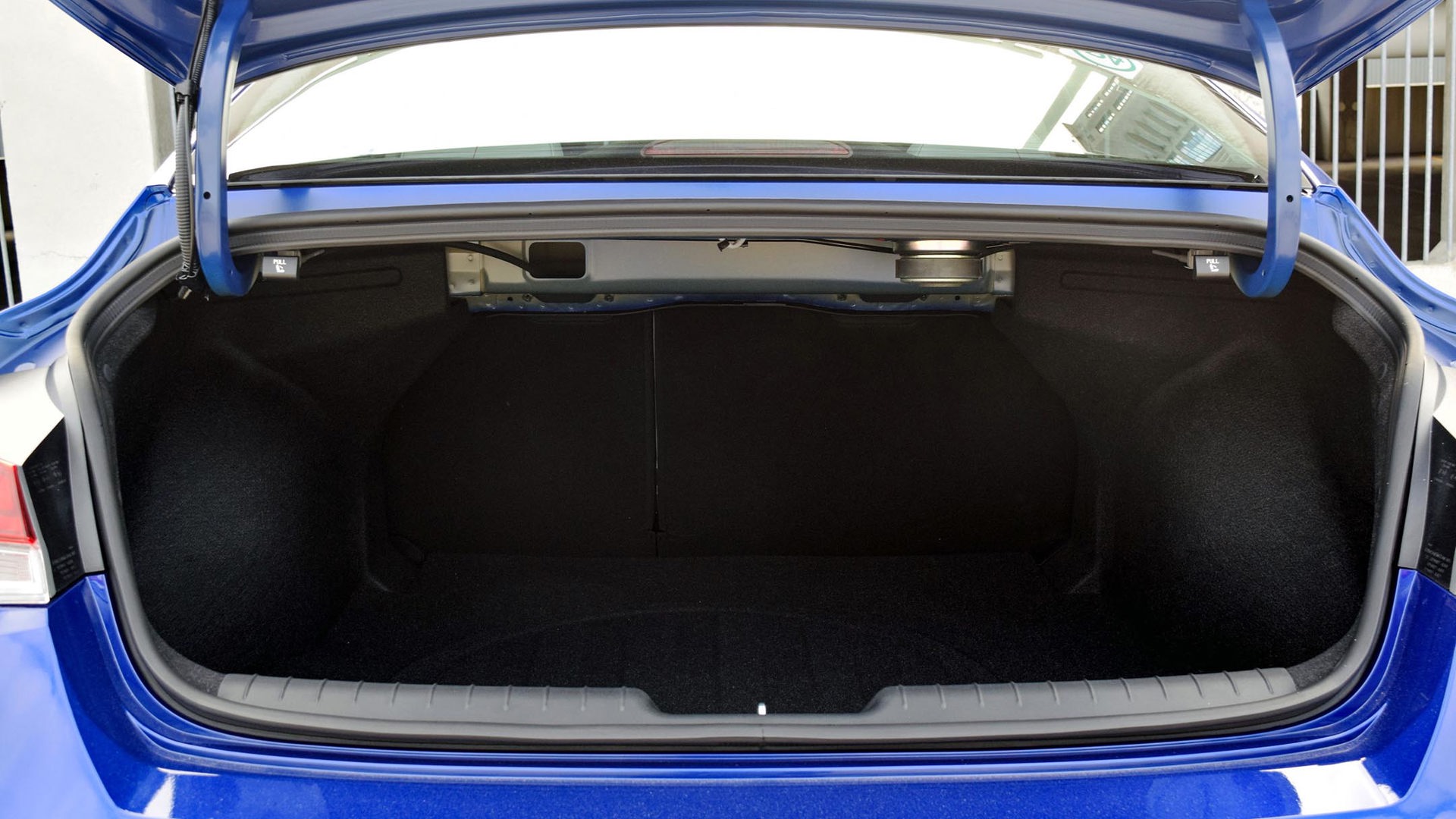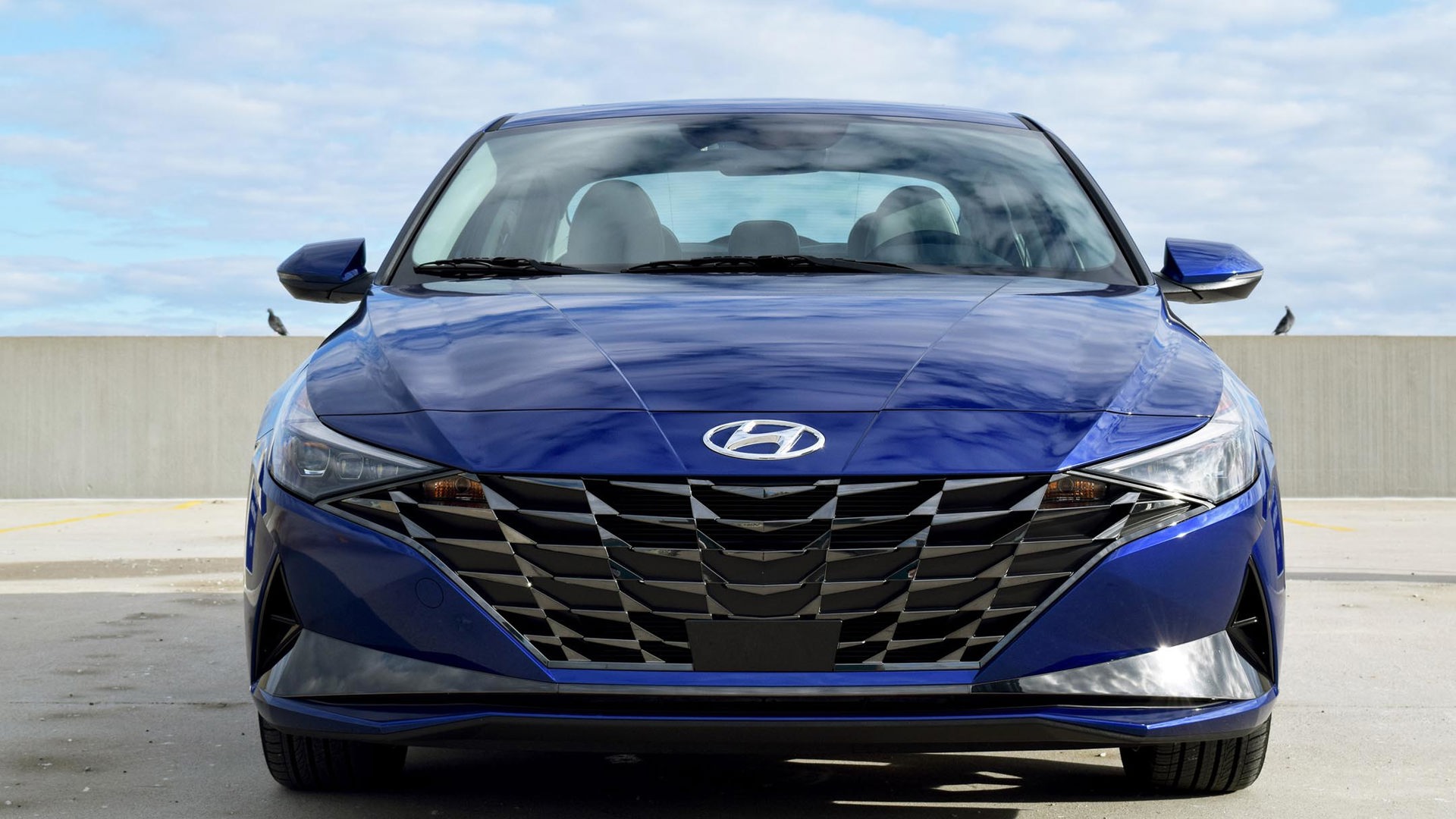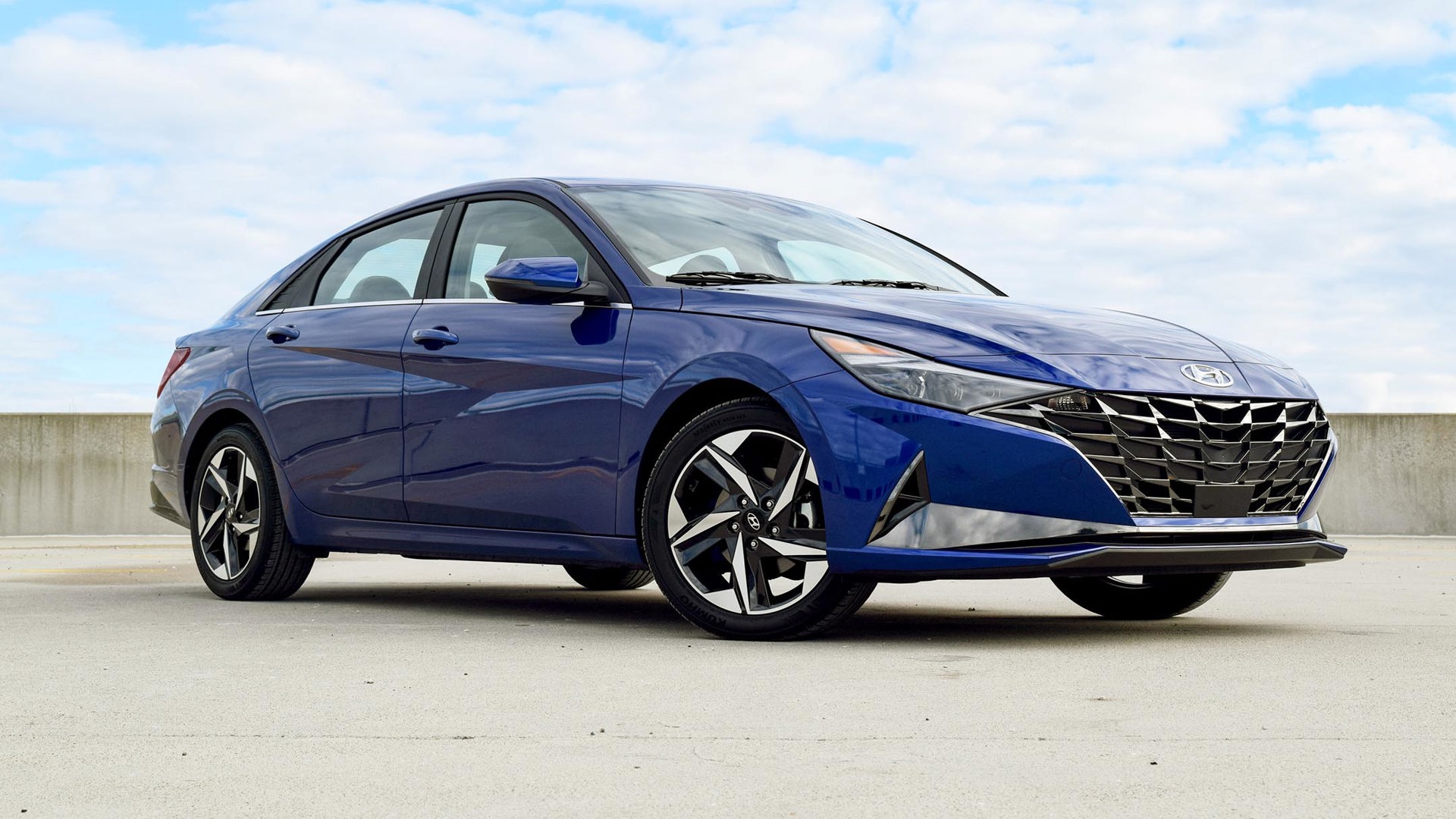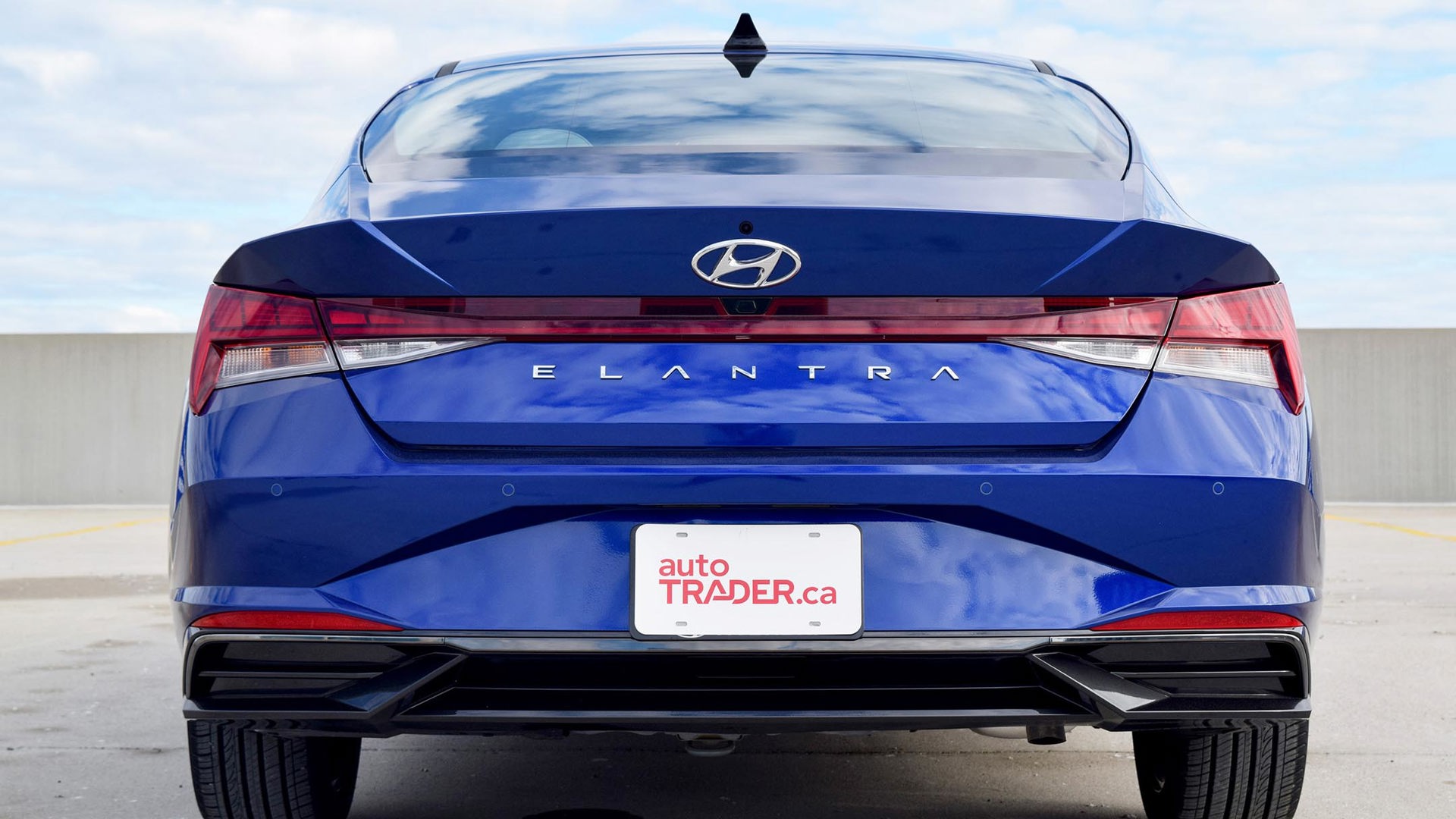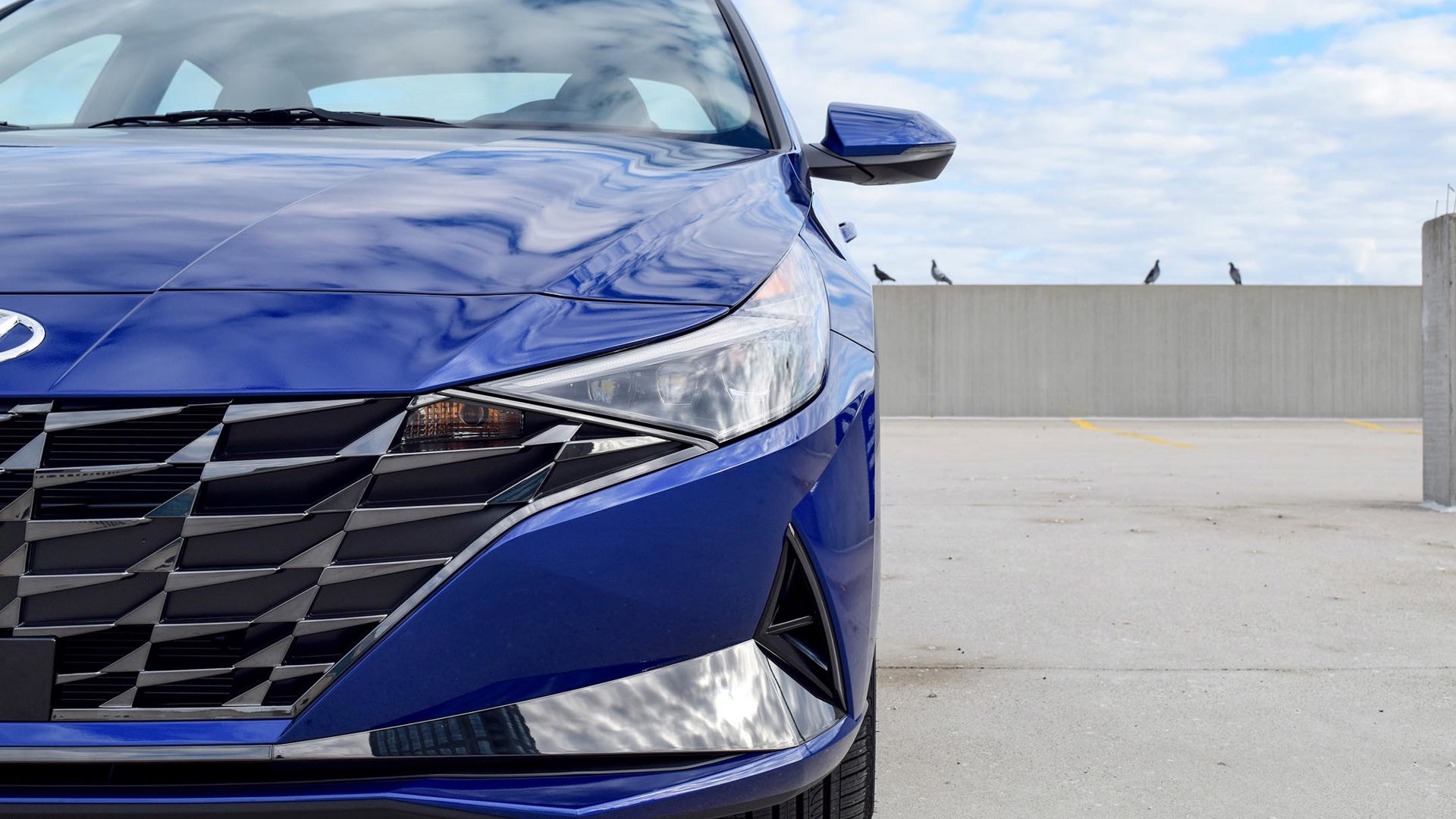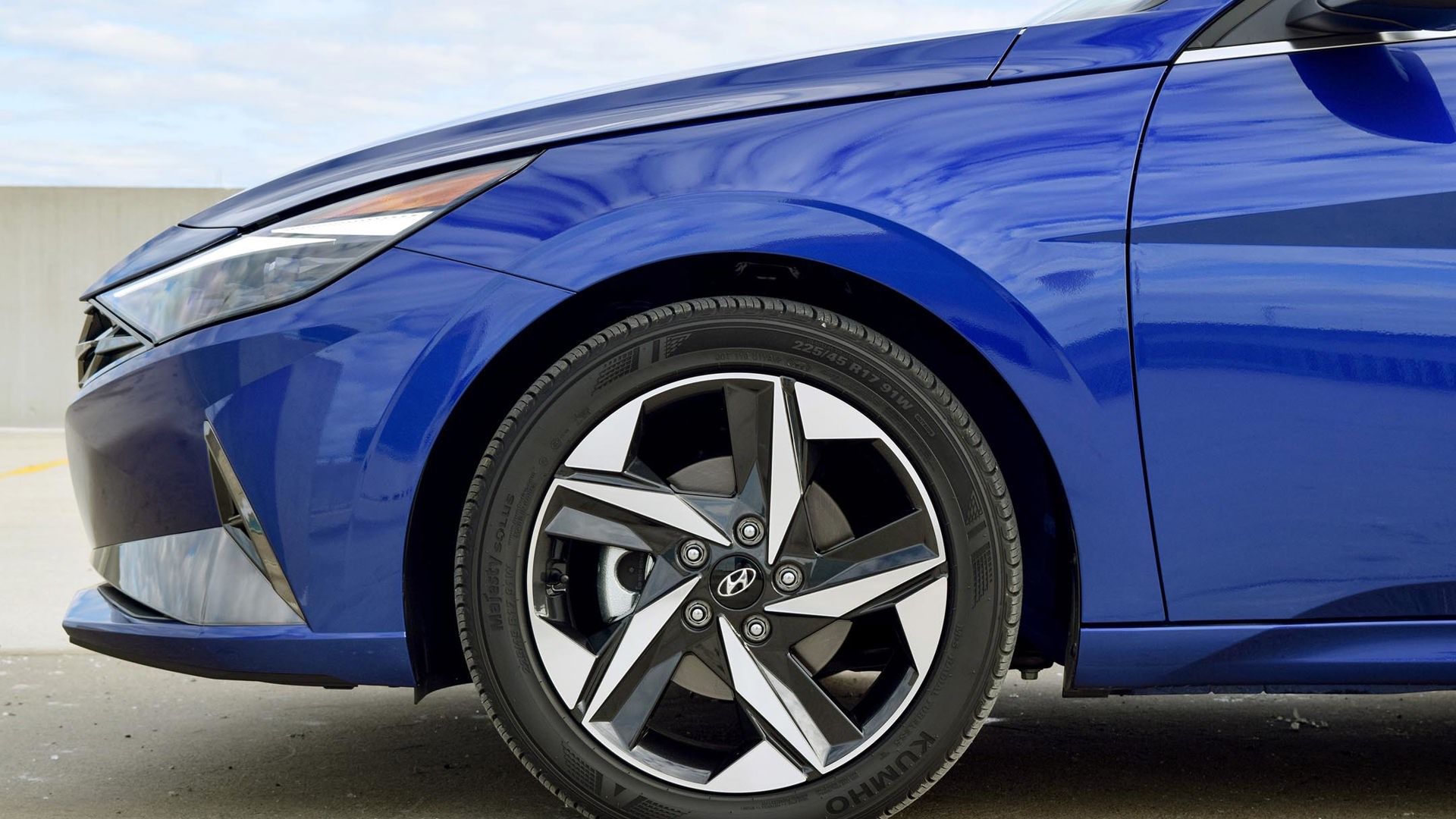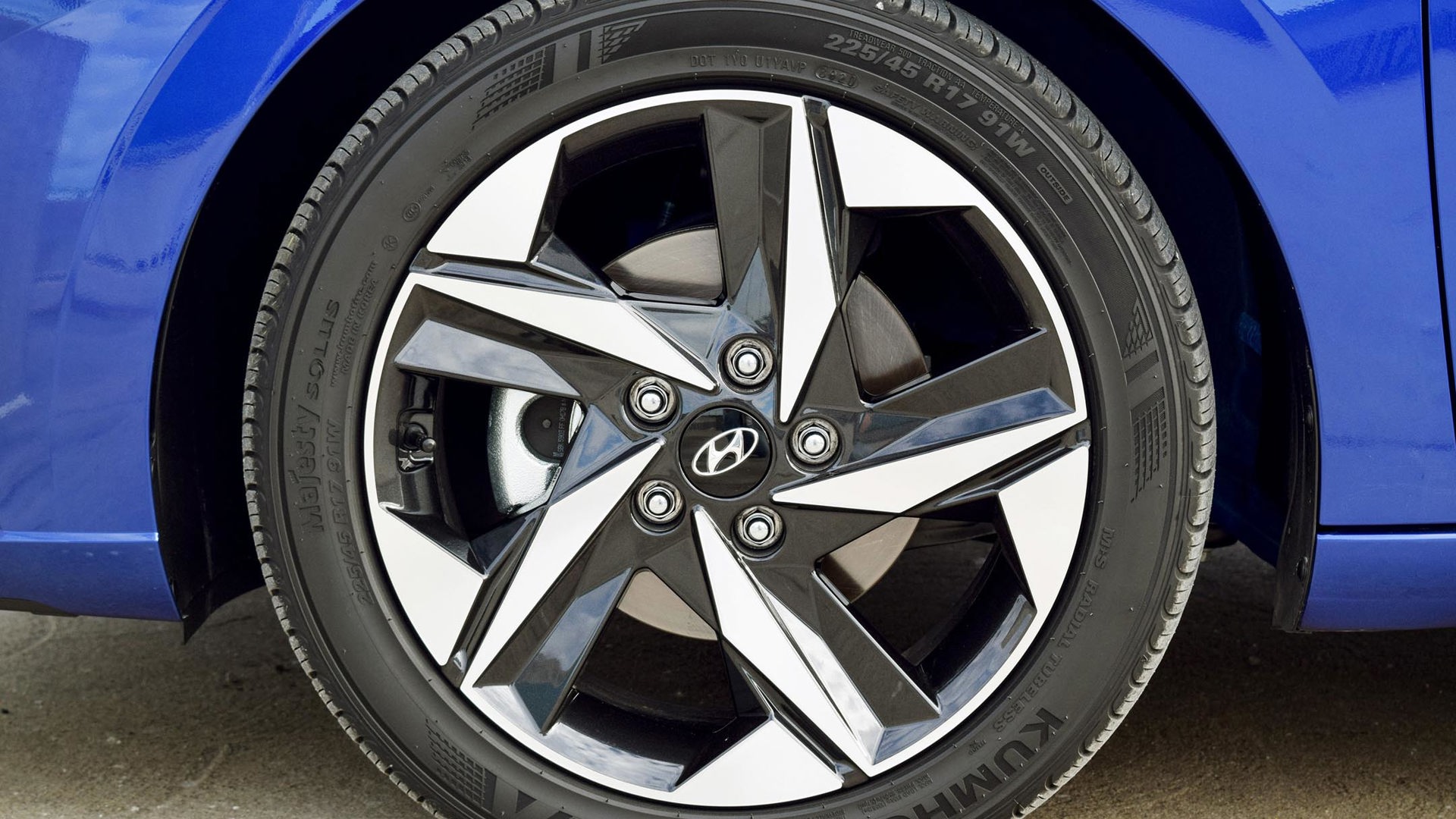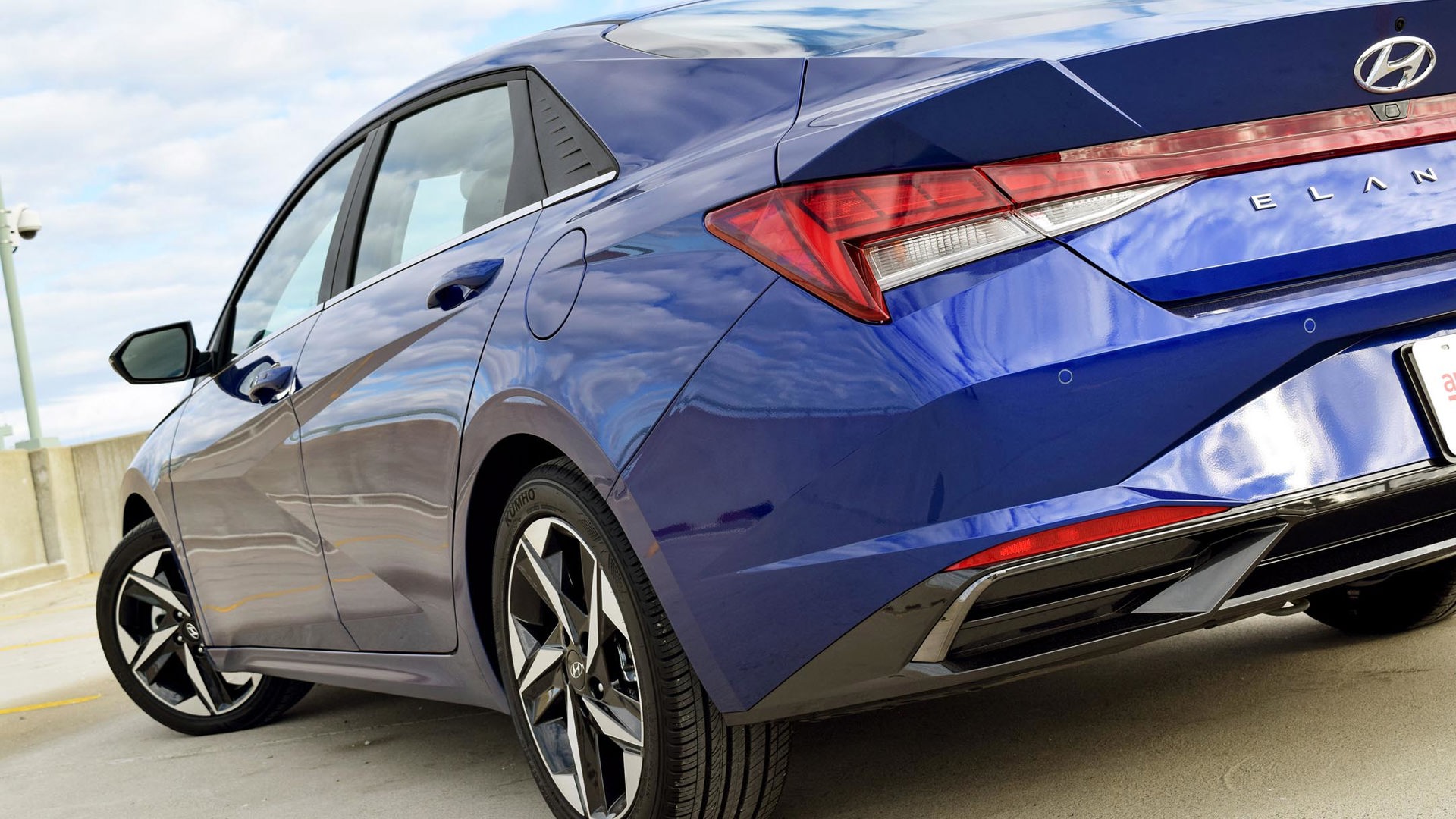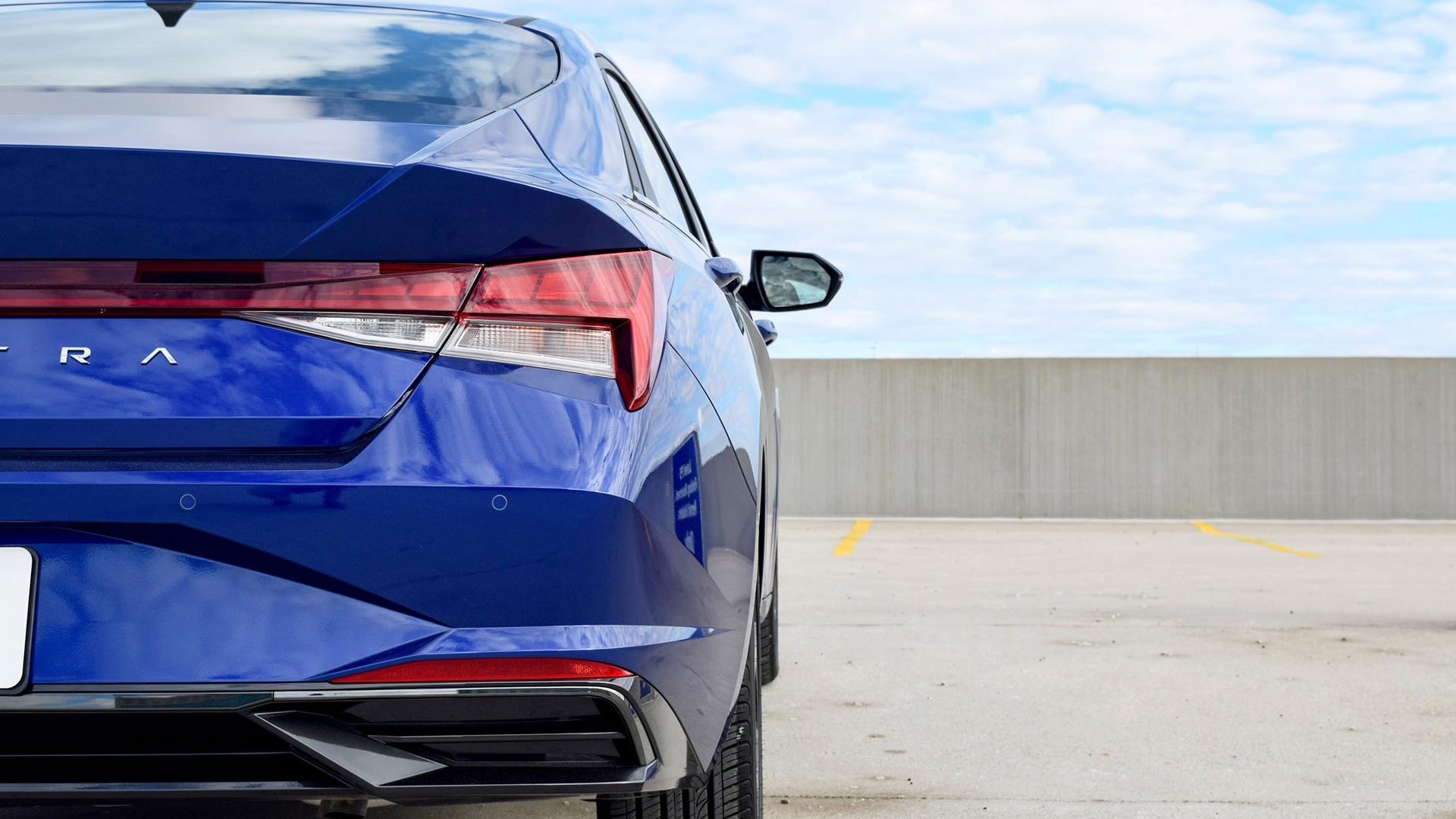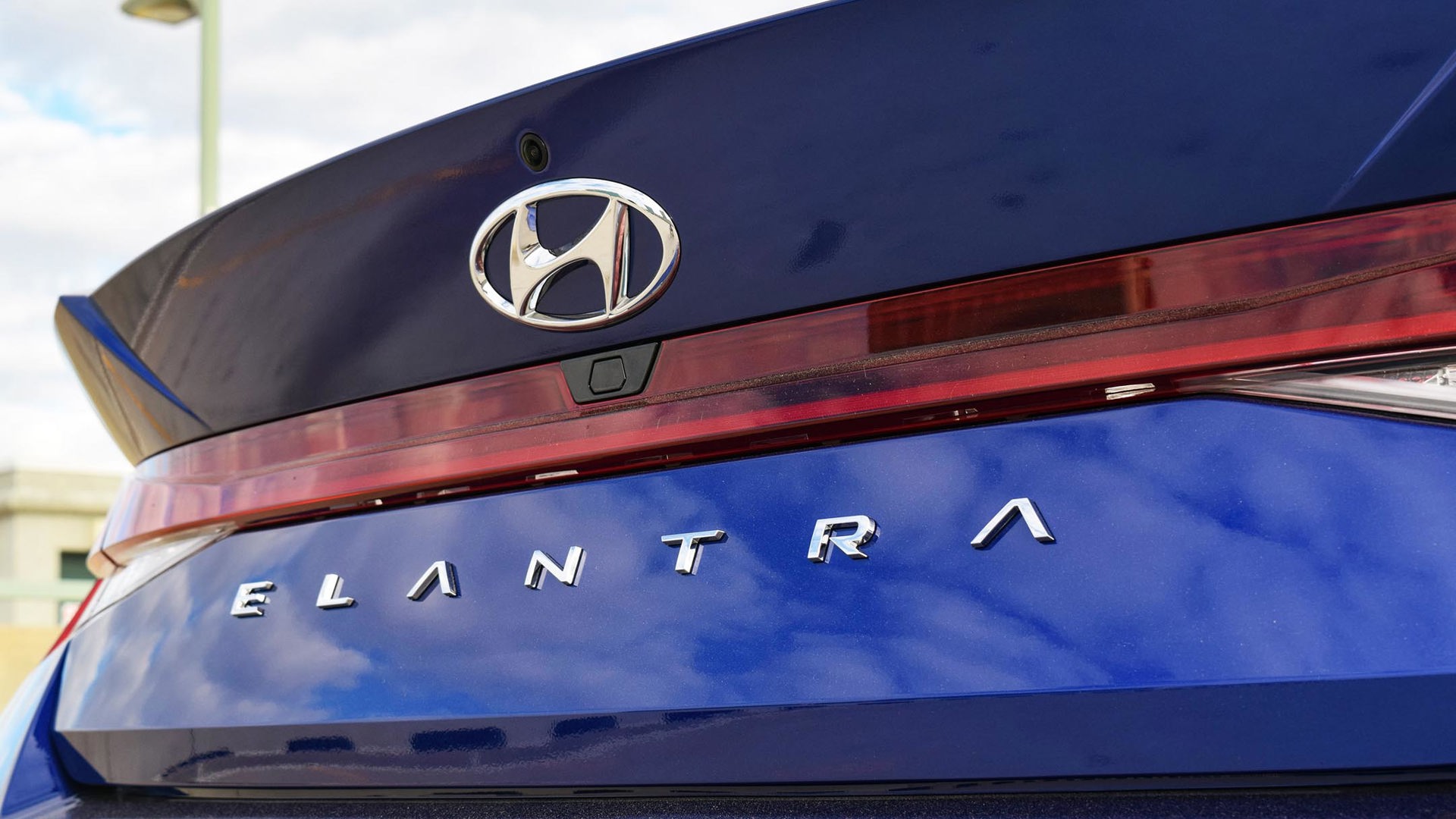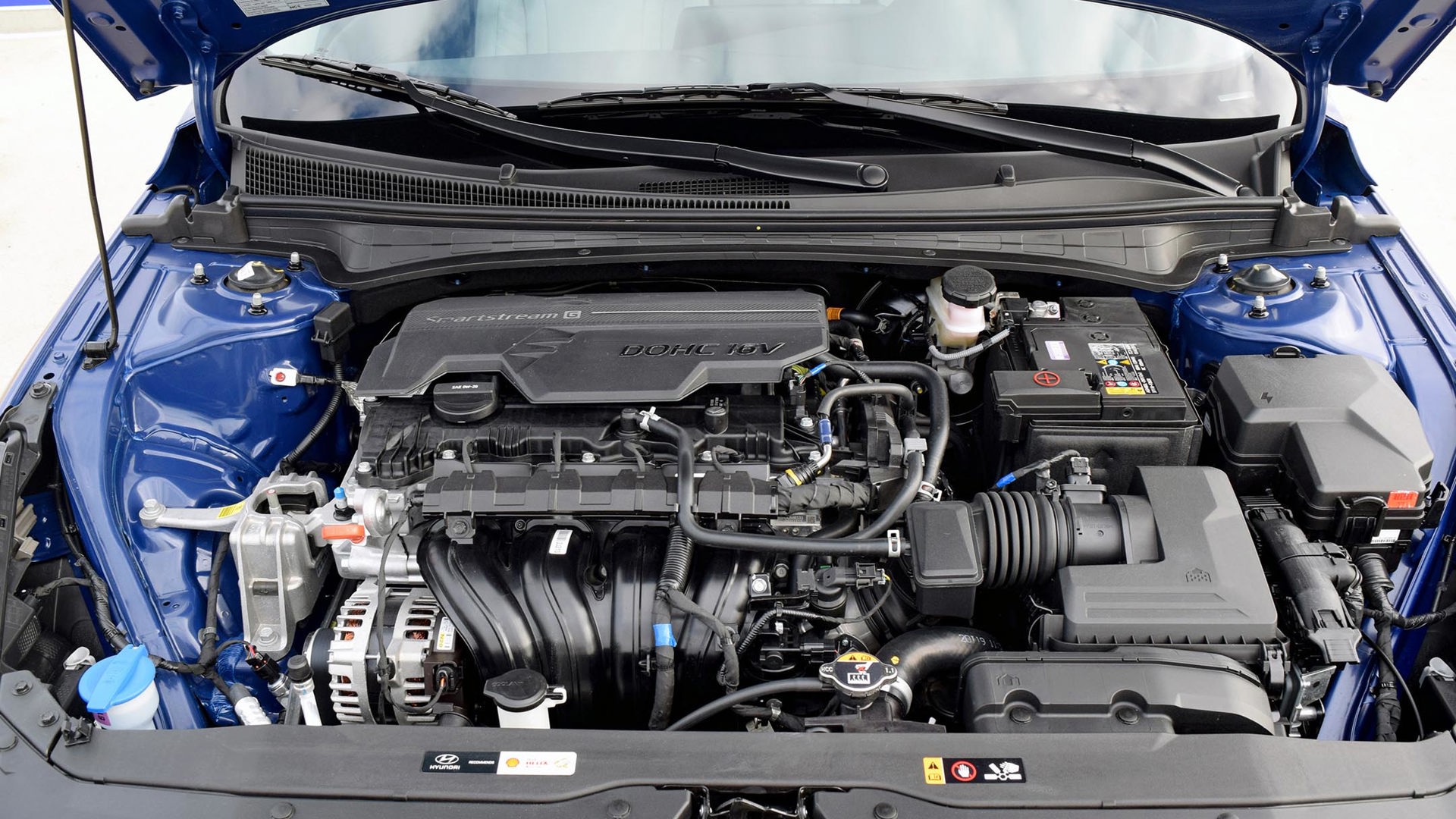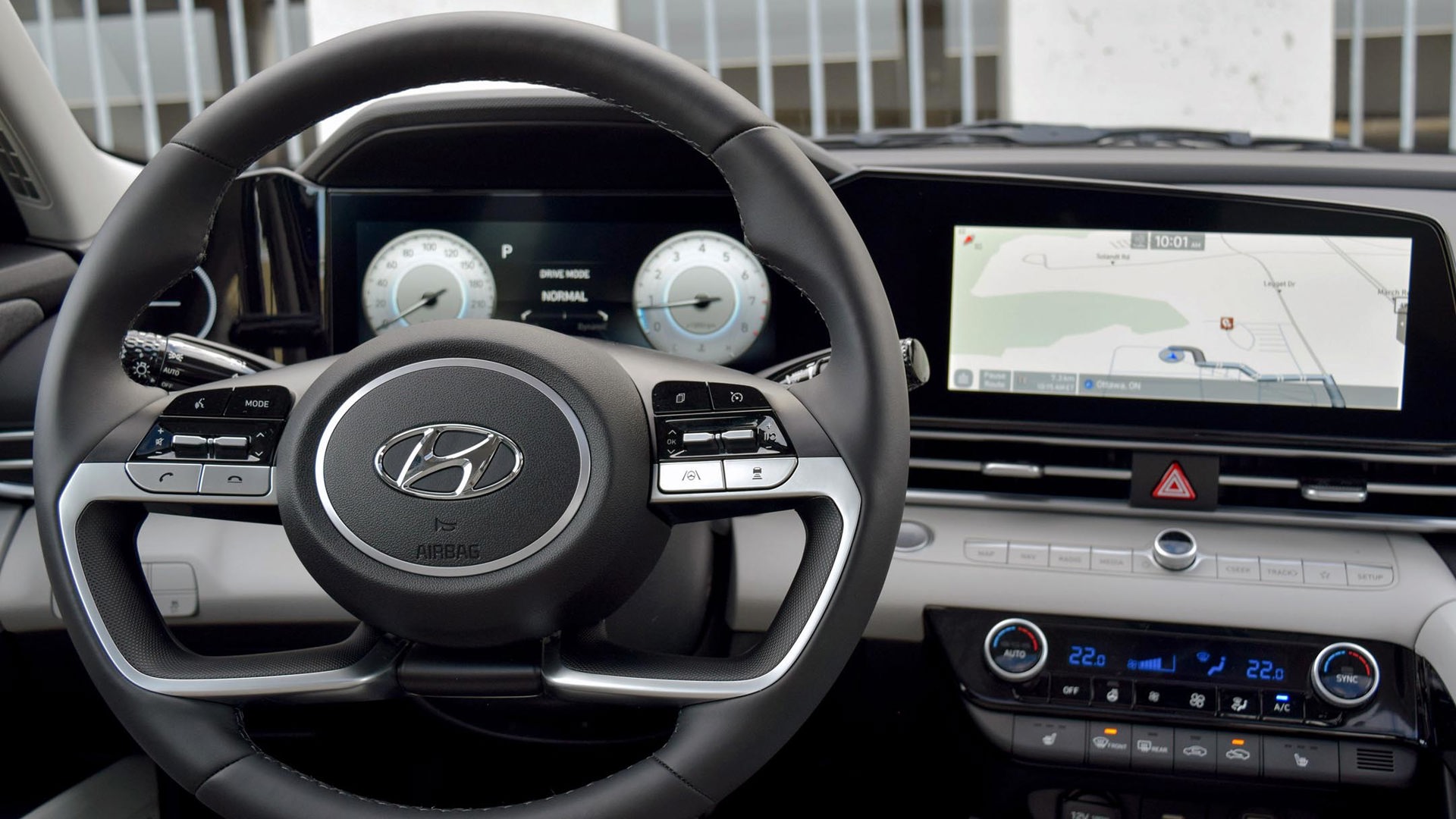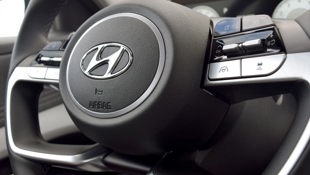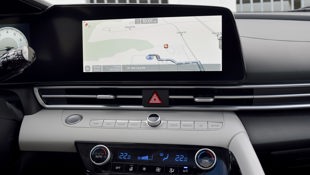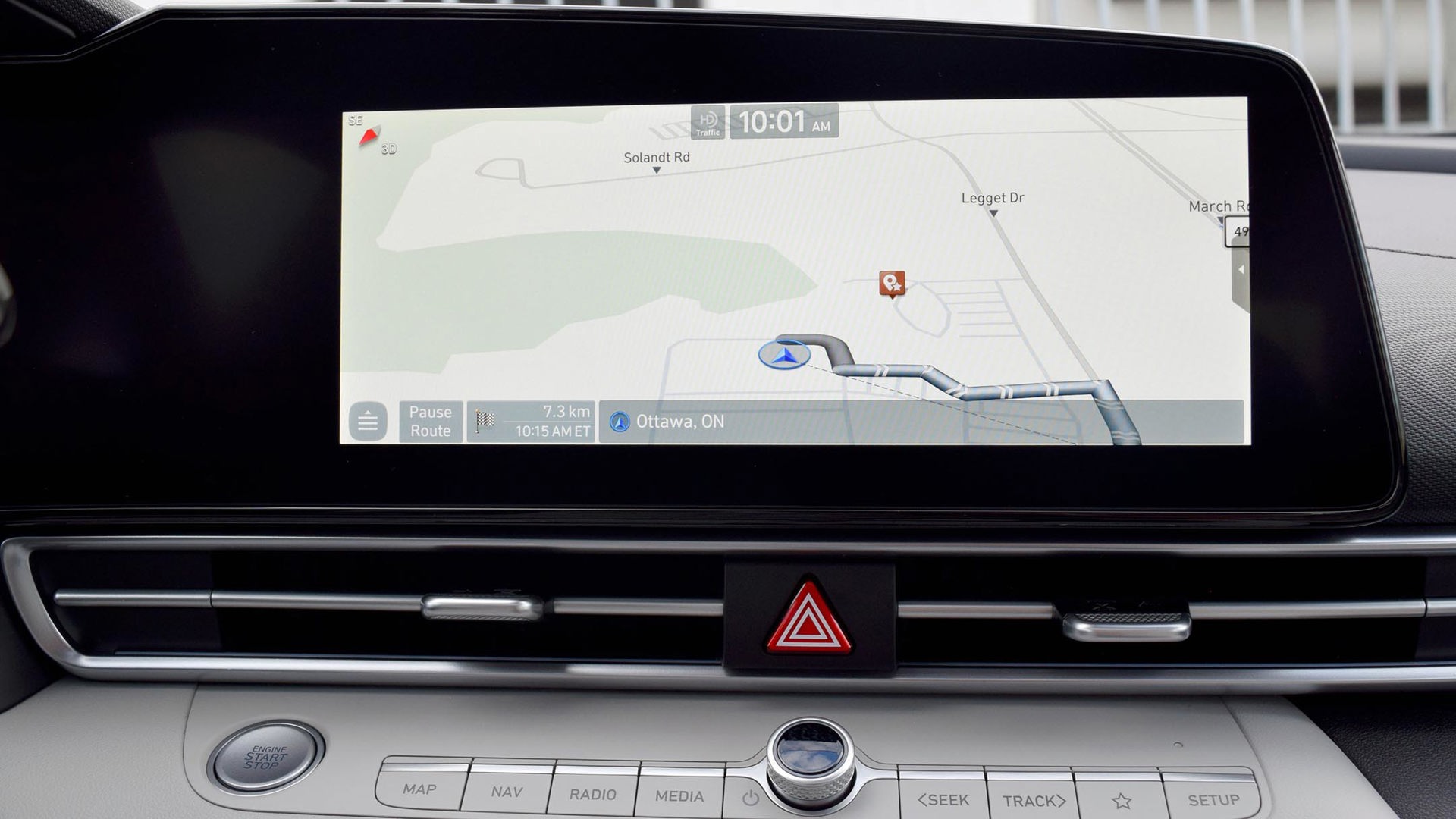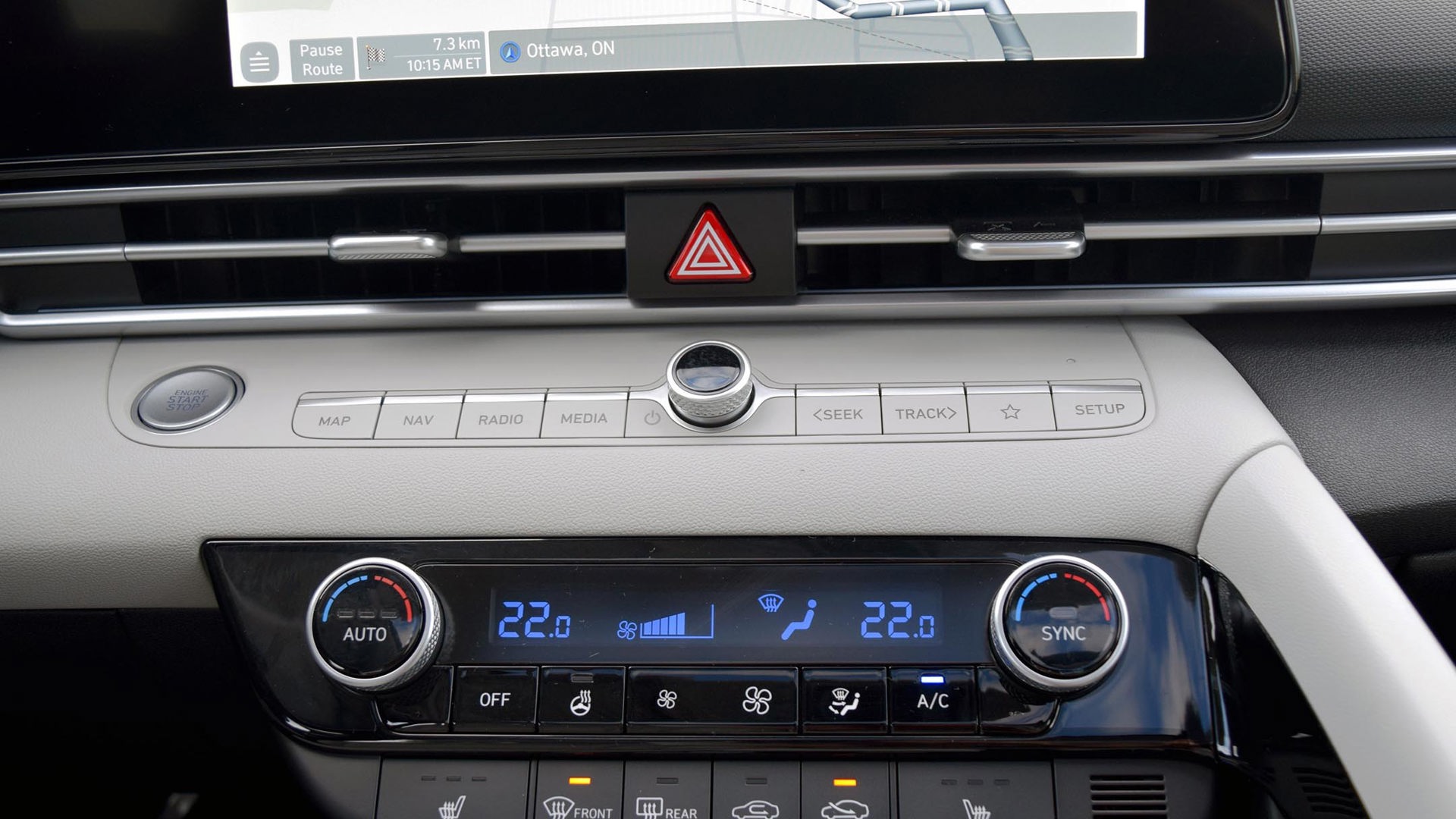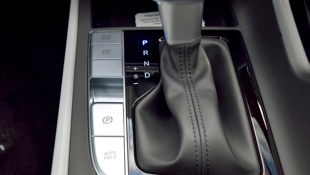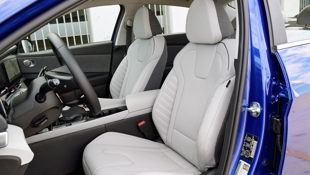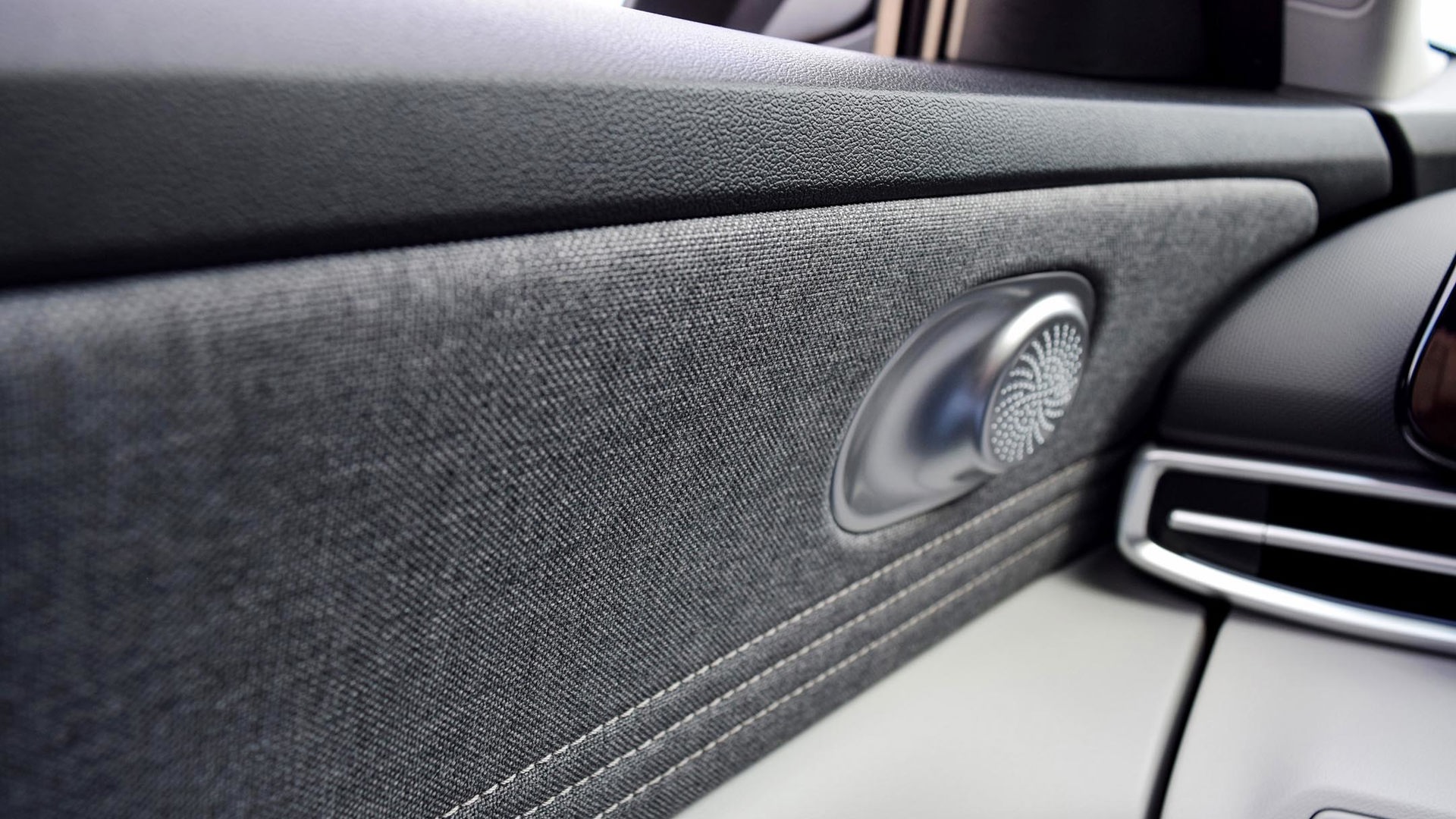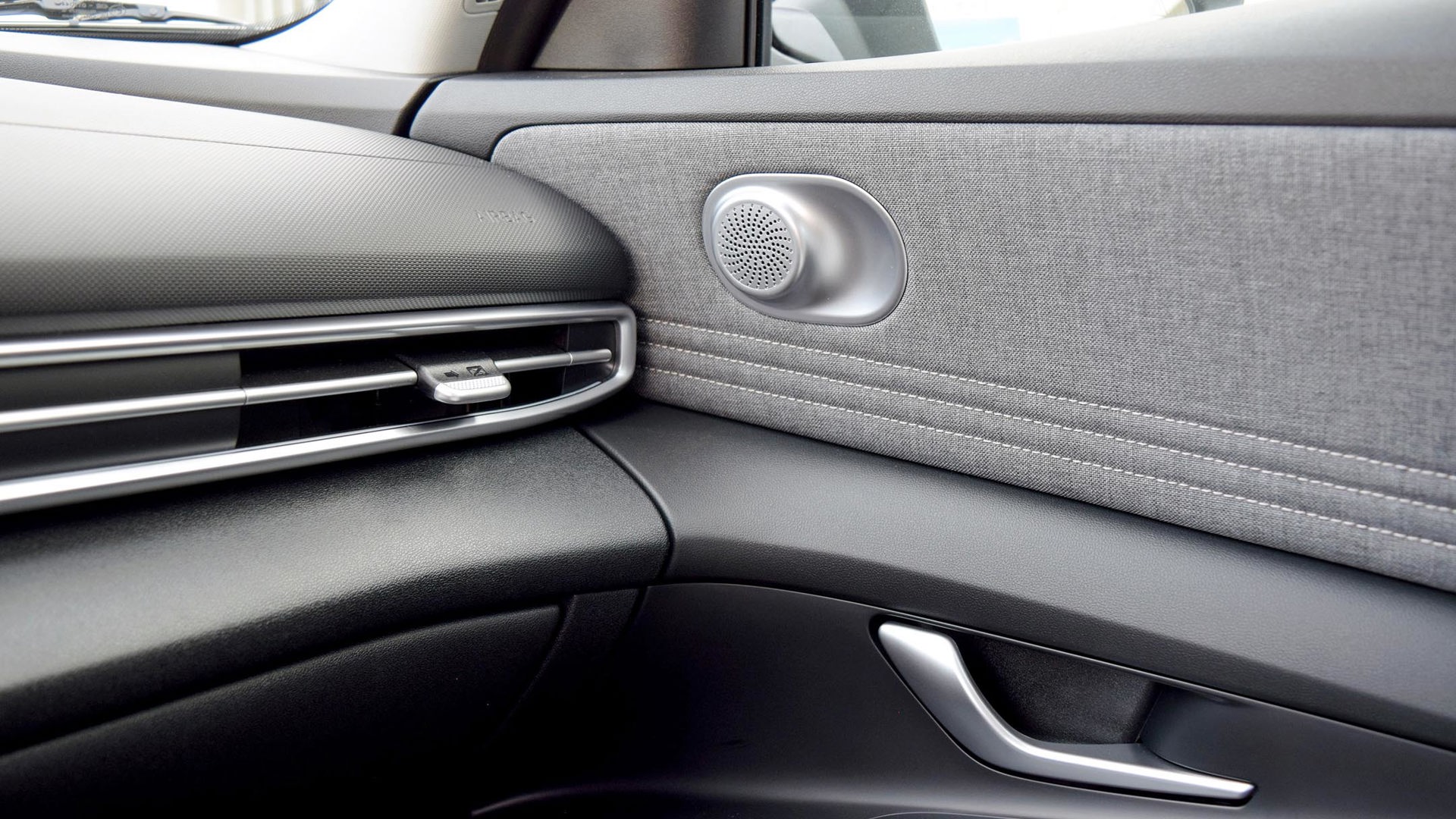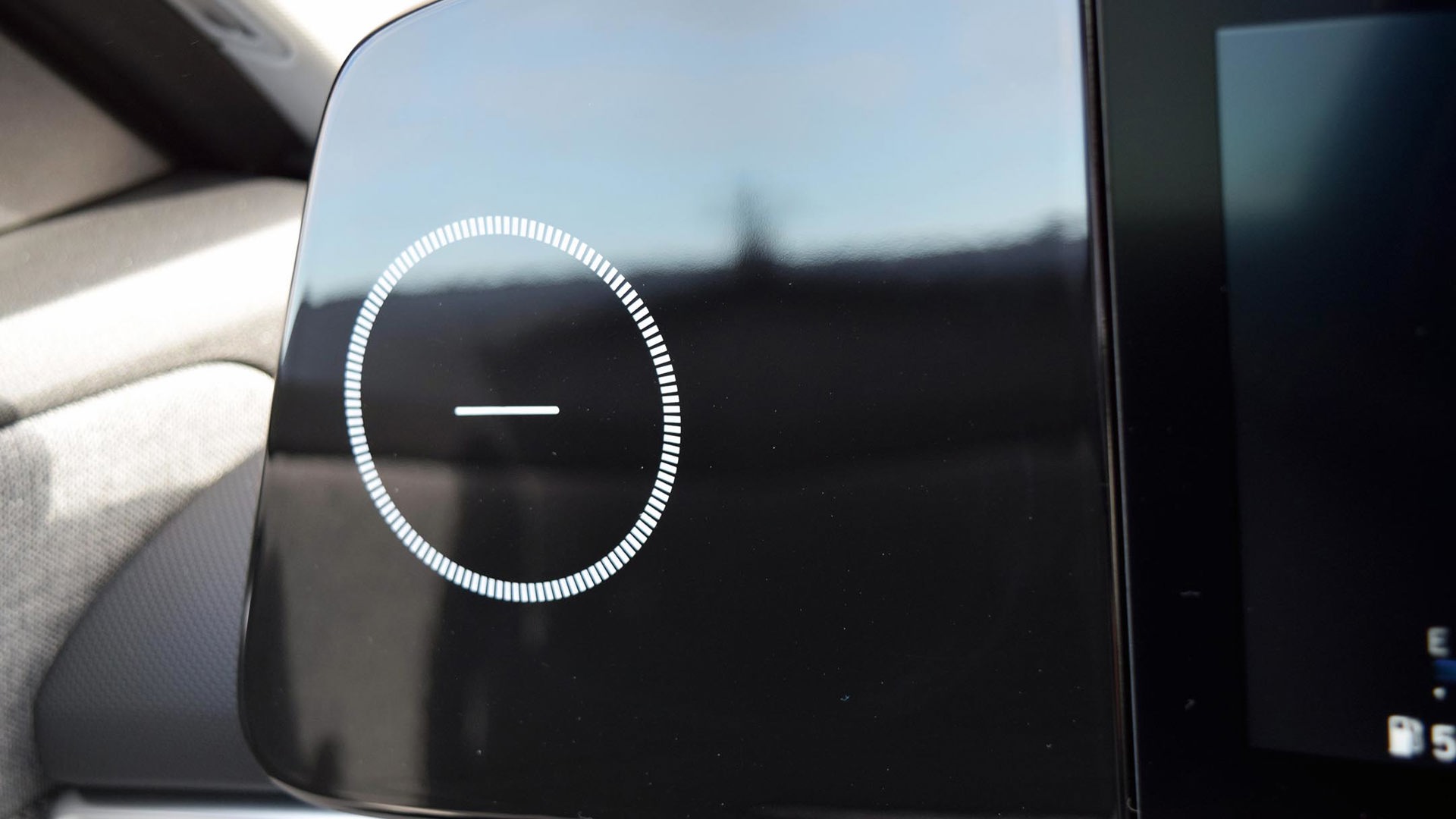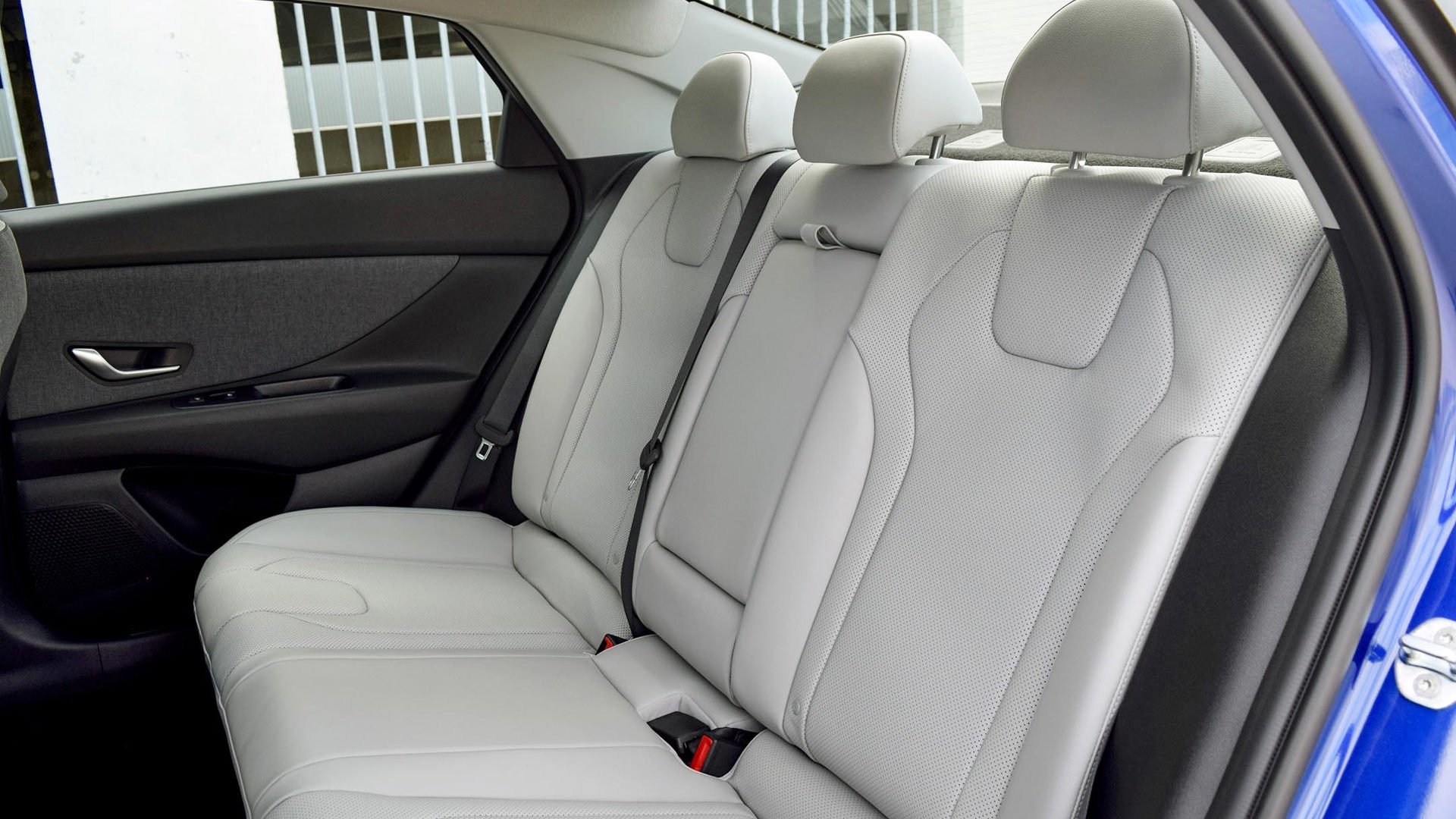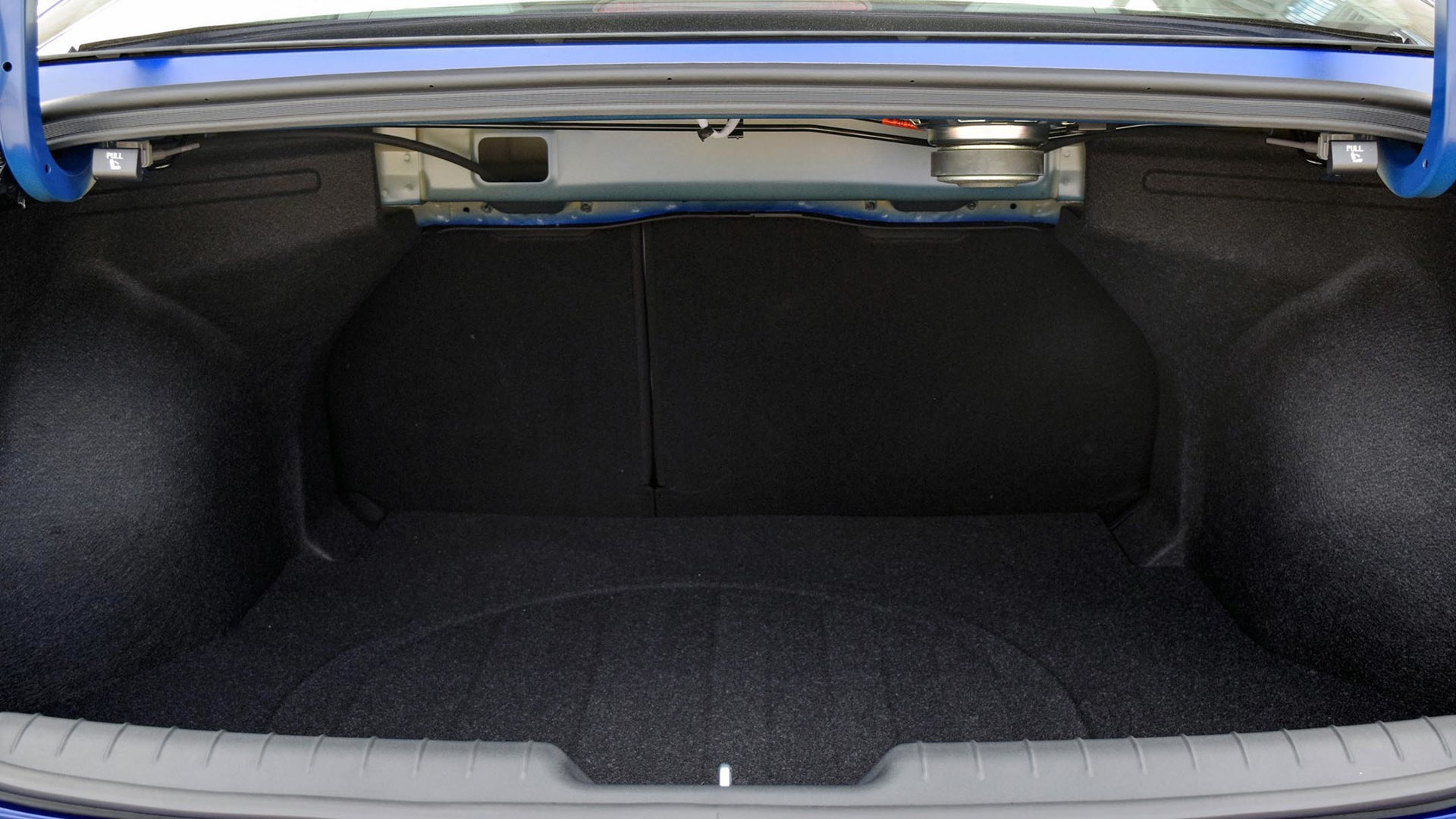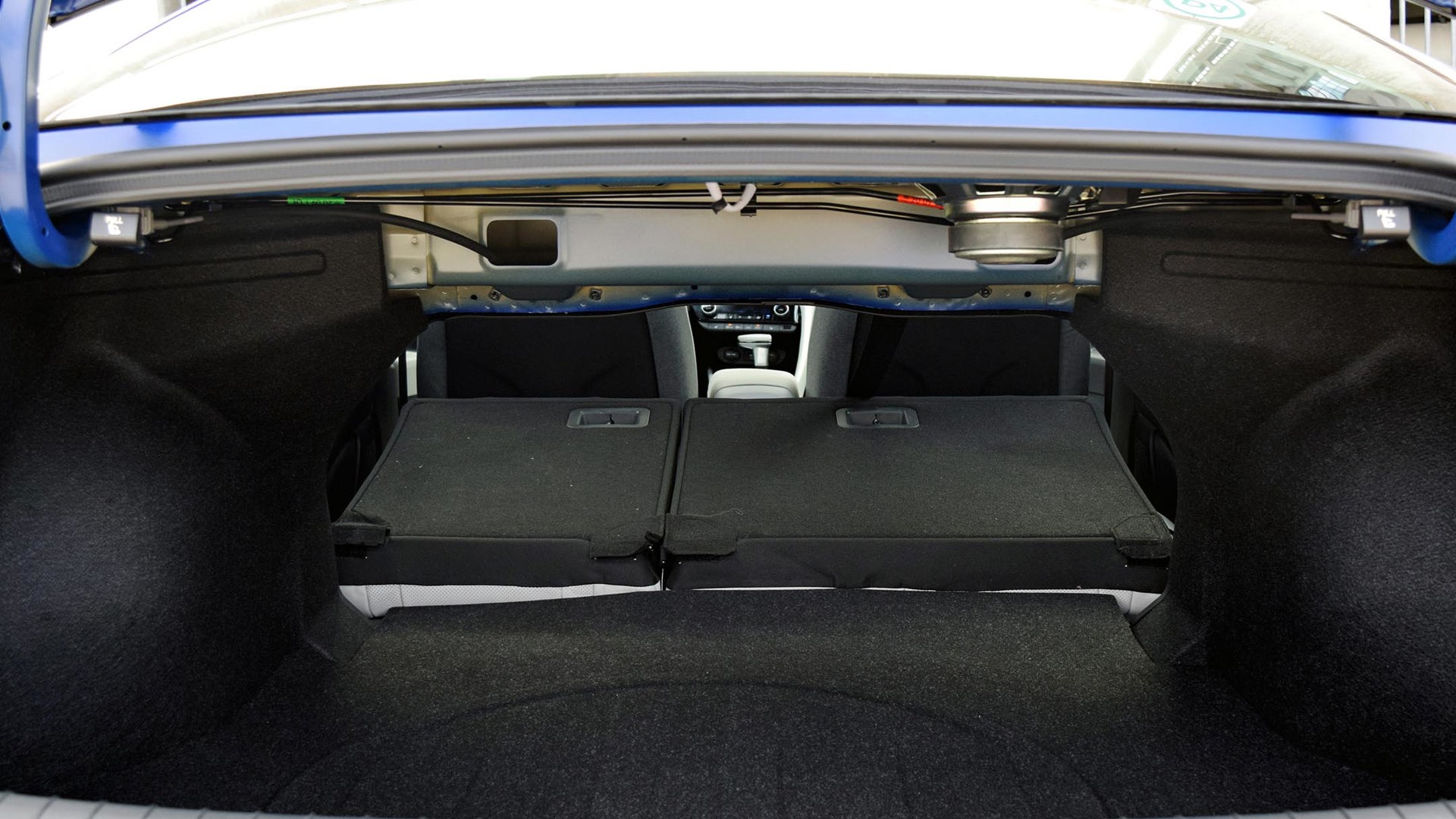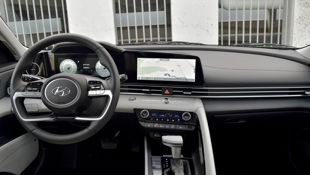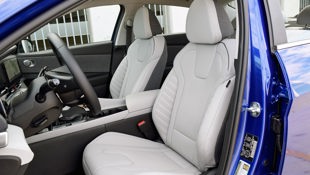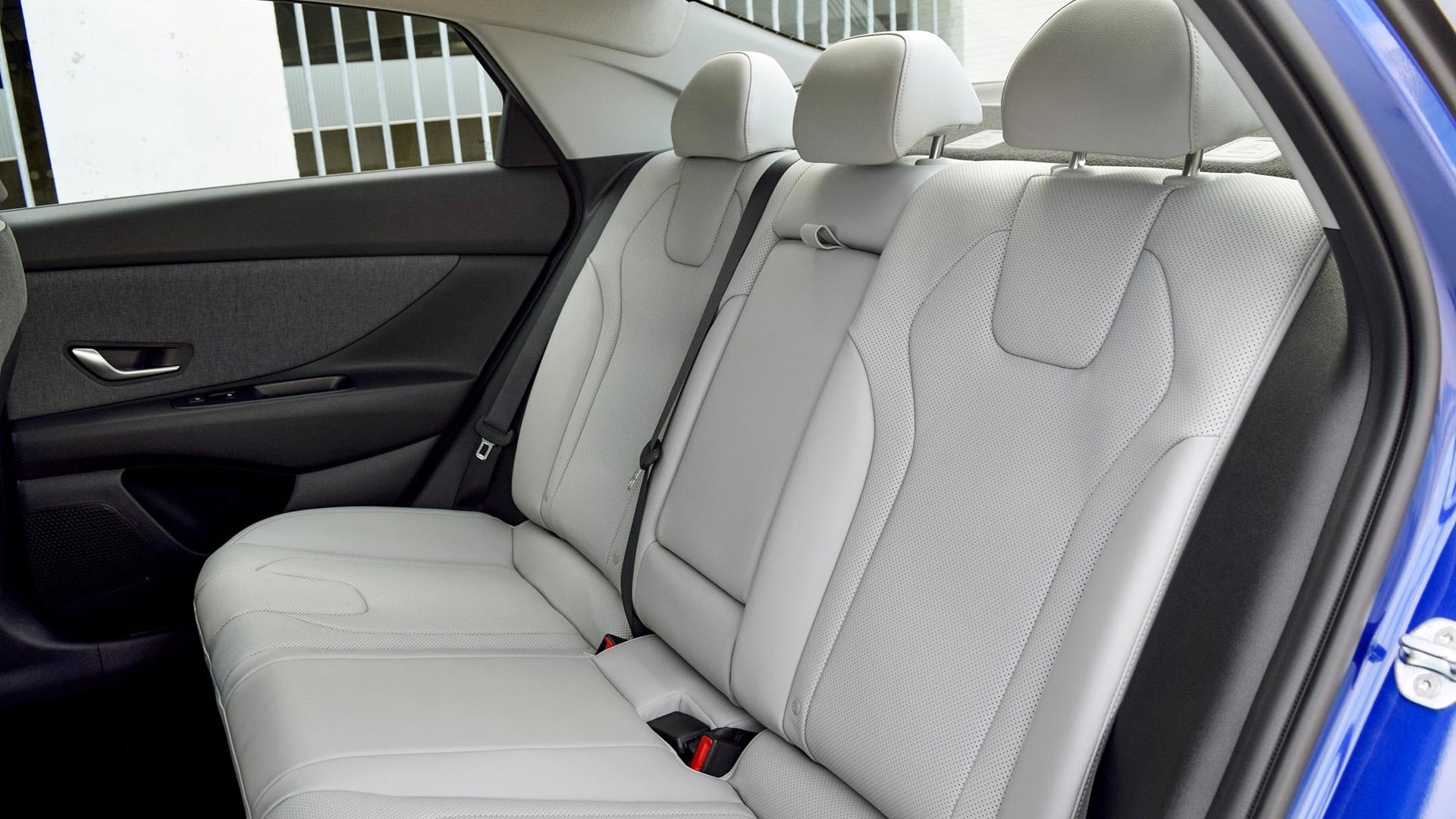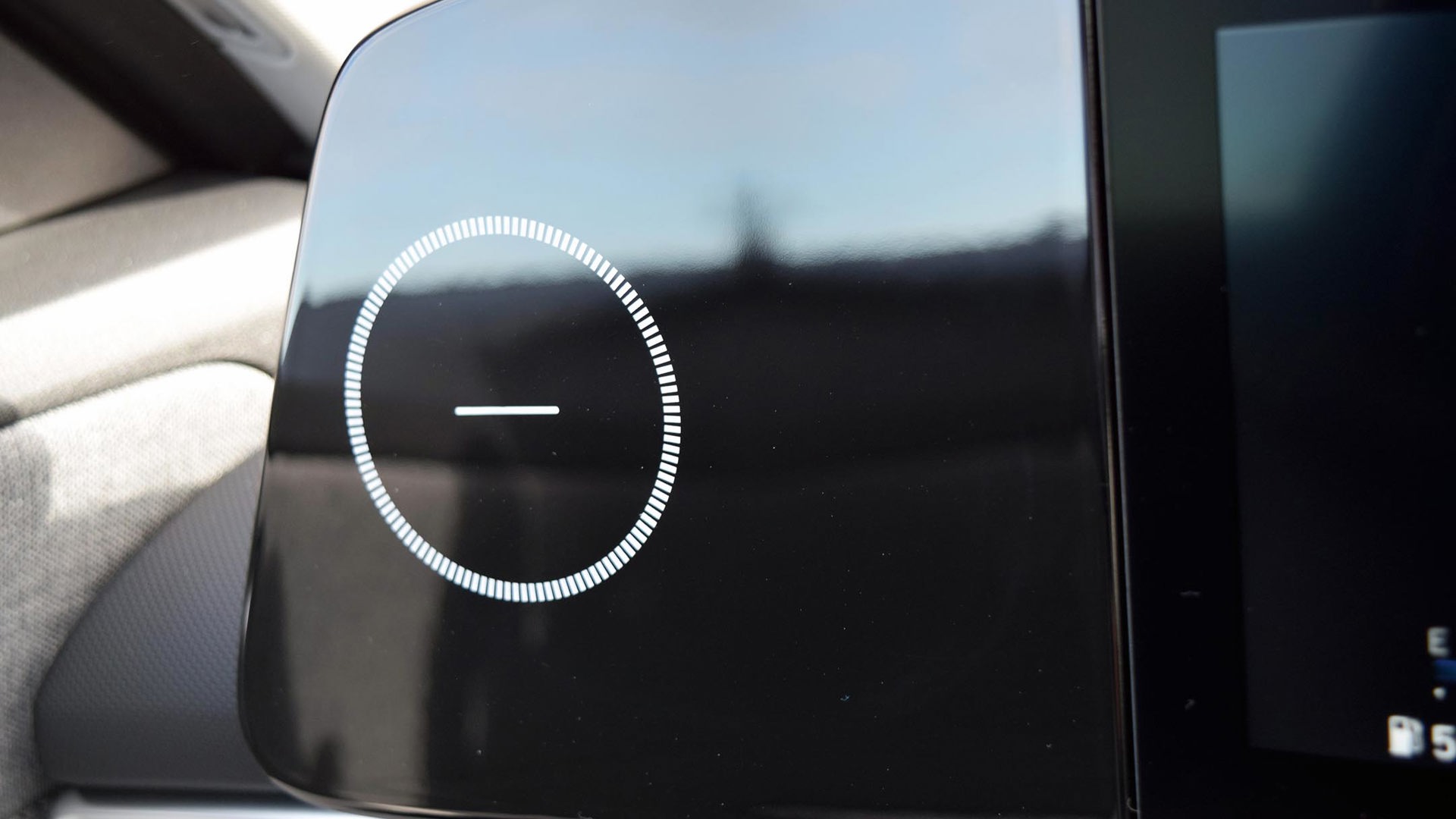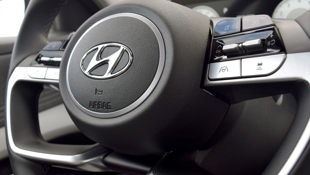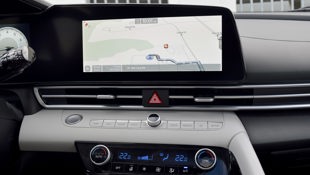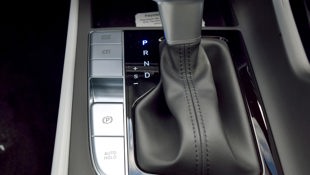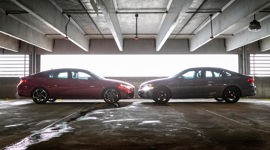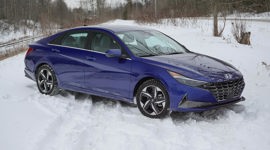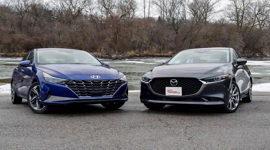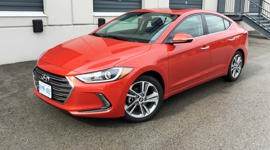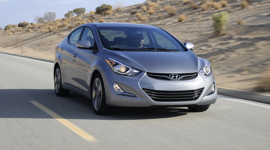“Civic Nation is under threat.”
Those were the words uttered by Hyundai Canada President and CEO Don Romano, confidently throwing down the gauntlet ahead of my hands-on time with the 2021 Hyundai Elantra. Romano wasn’t laughing or joking when he said it, either; he meant business. And when it comes to compact cars, it’s still big business.
Compact cars like the Elantra have an incredibly broad mix of buyers. Students and new grads buy them, as well as retirees and empty-nesters. With its approachable base price, Hyundai knows the Elantra might well be your first interaction with the brand. That puts quite a lot of pressure on this compact car, but after a day behind the wheel, it’s clear that Hyundai has paid close attention to all it’s learned over the years. Finally, this 2021 Elantra is the complete package.
Strong Proportions Make Strong Impressions
The most controversial talking point about this overhauled model will revolve around its styling. Forget the angles and cut lines for a moment and take a look at the profile of the vehicle; the overall appearance has shifted creatively, and the Elantra no longer gives off the impression of an economy car. It’s squat and low, with sportier proportions. It features a longer rear deck and a short hood. While the rest of the design paints a unique picture, the shape leaves a strong first impression.
Perhaps what I appreciate most about Hyundai’s design team is that it finished its work. Not a single body panel went untouched here. Nothing looks plain, flat, or forgotten. From the grille to the exhaust, everything looks like it was pored over by designers, and unencumbered by time or budget constraints. Frankly, I think it looks busy, but I also appreciate that a bold design can leave a lasting impression as the world gets used to it.
Premium and Spacious Interior
The interior design is similarly fresh. On hand was the loaded Ultimate trim, with a diverse mix of materials that hides the cheap-feeling stuff from the driver. I’m a fan of the denim-like cloth found on a few surfaces, and fortunately, Hyundai told me that material has no extra cleaning concerns. I’m less impressed by the divider between driver and passenger. It’s jarring and impacts access to some HVAC settings, and perhaps might even encroach upon hip room for larger passengers.
That’s a shame, because space is very generous in the Elantra. The car is wider, improving the shoulder room in both the front and rear of the vehicle. The seats are lower, too, which improves headroom. The longer overall length and wheelbase also leads to more rear-seat legroom. The rear seats themselves aren’t the most comfortable, but they’ll work well for younger passengers or short road trips. The cargo area is spacious at 402 L, the back seats fold to extend the space when needed.
Tech Showcase
The highlight of the cabin is the 10.25-inch touchscreen that’s quick and easy to use. As for the interface itself, I love the quirky cube-framed icons on the menu selections, while it offers Android Auto and Apple CarPlay compatibility – and Hyundai even promises some wireless capability of those features in the future.
There’s another large screen in front of the driver that’s used as a customizable digital gauge cluster with different themes that change with the selected drive mode. Hyundai also offers a cube-centric motif here, a novelty worth enjoying. Another lovely detail is the Nixie-tube-style theme when scrolling through satellite radio channels.
To the left of the gauge cluster is an uncommon sight: a flat black panel with a target for a suction phone mount. With most drivers integrating their devices into the cabin in some form or another these days – Apple CarPlay, Android Auto, or Bluetooth – this seems like a wise addition, especially for those hustling in the gig economy. However, this panel might make more sense closer to a USB port.
Hyundai also offers a long list of advanced safety and driver aids that worked without concern during my test. The adaptive cruise control combines with a lane-centring system to provide a highway driving assist mode that adjusts to traffic and handles the monotonous tasks associated with the freeway commute or road trip. There’s also blind-spot monitoring, forward collision warning, rear cross-traffic alert, parking sensors, and a rear-seat reminder.
One Motor for Now, More on the Way
Under the hood, you’ll find a 2.0L four-cylinder engine with 147 hp and 132 lb-ft of torque. While a six-speed manual is featured in the base trim, everything else uses Hyundai’s in-house continuously variable transmission (CVT), which features a wide range of ratios, and now uses a chain belt. It’s all designed to be more efficient, with a combined fuel consumption rating of 6.4 L/100 km.
More variants of the Elantra are on the way that will bring with them more motors and transmissions to choose from. A sportier N Line version is coming, which will use a 1.6L turbocharged four-cylinder. For those concerned more with fuel savings than fun, a hybrid model will also be offered, using the same powertrain as the impressive Hyundai Ioniq.
Loud in the Cabin, Refined on the Road
On the road, the 2.0L motor gets the job done, quickly and easily sprinting to about 80 km/h with enthusiasm. Achieving highway speeds takes a bit more time and is met with a significant amount of noise as the CVT pushes the engine to get the task done. You won’t have any issues cruising at any reasonable flow of traffic on the highway with the Elantra, but passing tends to introduce this grumpy and unappealing soundtrack. Different drive modes change the way the transmission changes its variable ratios, with a sport setting that adds a harsher feel to the simulated shifts.
More impressive is the ride quality of the Elantra. Soft and smooth, it surprised me to learn that this version of the Elantra doesn’t use an independent rear suspension setup, settling instead for a torsion beam in the back. While past Hyundais – and other vehicles with beam-type suspension – have been caught overwhelmed on occasion when dealing with bumps or broken pavement, the 2021 Elantra feels refined and well sorted. Sure, it sounded a bit clunky, but it rides well.
Hyundai pairs that refined suspension with sharp, responsive steering, helping the Elantra feel like an agile compact car. This bodes well for the future variants of the Elantra.
One lowlight of the vehicle is noise, and while I griped about the powertrain already, I’ll also say that wind noise was a constant companion during my drive. Cranking the music through the eight-speaker sound system helped drown it out, but its presence is disappointing nonetheless.
A Price to Accommodate All Budgets
All the positive impressions the 2021 Hyundai Elantra make don’t mean much if it doesn’t bring value, too. The base six-speed manual-equipped model, the Essential, comes in at $17,899, while the automatic transmission is an extra $1,900. The Preferred trim is $21,899, while a $1,500 package adds a sunroof and upgraded stereo. The Ultimate trim is $25,599 but is offered with a $2,700 Tech package. The upcoming Hybrid model will be offered in Preferred and Luxury trims for $24,699 and $26,999, respectively, while the N Line model will come in at $27,599.
It’s a broad spectrum of prices and features, but the fact that you can get a fully loaded model for under $30,000 is hard to argue. The fancy screens and impressive driving assistants feel like great inclusions for that price, and the head-turning styling and improved cabin help seal the deal.
Final Thoughts
As a package, the 2021 Hyundai Elantra is complete. Complaints from past generations have all been addressed. The new model has a striking design, refined ride, and attractive cabin to go along with added space and high-tech features.
While it may eclipse the current Civic, an all-new compact Honda is on the way to defend its honour. Whether it’s better than the Elantra remains to be seen, but compact car shoppers certainly stand to benefit from this rivalry.
